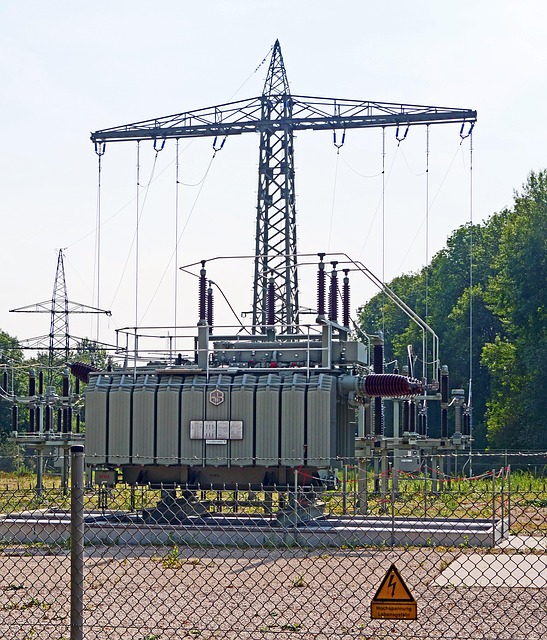Capacitors play a significant role as devices for storing electrical energy. One of the most important concepts related to capacitors is the use of a dielectric medium. A dielectric is an insulating material that does not conduct electricity but can be polarised when placed in an electric field.

Effect of Dielectric on Various Parameters
Examples include mica, glass, plastic, air, and ceramic. The introduction of a dielectric between the plates of a capacitor affects several parameters such as capacitance, potential difference, electric field, energy stored, and charge distribution.

Understanding these effects is essential as it combines the theoretical concepts of electrostatics with practical applications in electronics.
Effect on Capacitance
The most direct effect of inserting a dielectric into a capacitor is the change in its capacitance. For a parallel plate capacitor with vacuum or air as the medium, the capacitance is given by:
C0 = €0A / d
Where
€0 is the permittivity of free space,
A is the area of plates,
d is the separation between the plates.
When a dielectric material of dielectric constant K is introduced fully between the plates, the capacitance becomes:
C = K C0 = K€0 A / d
Therefore, the capacitance increases by a factor of K. This happens because the dielectric reduces the effective electric field inside the capacitor, allowing it to store more charge for the same potential difference.
Effect on Potential Difference
The effect on potential, depends on whether the capacitor is isolated or connected to a battery.
Isolated Capacitor (Battery disconnected):
The charge Q remains constant. Since C increases due to the dielectric, the potential difference reduces as:
V = Q / C
Hence, dielectric decreases the potential difference across the plates.
Battery Connected Capacitor:
The potential difference is maintained constant by the battery. In this case, when dielectric is inserted, capacitance increases, and therefore the charge stored also increases.
Effect on Charge Stored
Isolated Capacitor:
Since there is no external source, the charge remains unchanged even after inserting the dielectric.
This property of dielectrics makes them extremely useful in designing compact capacitors with high charge storage capacity.
Effect on Electric Field
The electric field between the plates without dielectric is:
E0 = V / d
With dielectric inserted, the electric field reduces because polarisation of dielectric produces an opposing field. The new electric field is:
E = E0 / K
Therefore, the dielectric weakens the net electric field inside the capacitor by a factor of K. This is one of the reasons why dielectrics can withstand higher voltages without breakdown, a property called dielectric strength.
Effect on Energy Stored
The energy stored in a capacitor is:
U = 1 / 2 CV2 = Q2 / 2C
Isolated Capacitor:
Since Q is constant and C increases with dielectric, the stored energy decreases. U = Q2 / 2KC0
Battery Connected Capacitor:
The potential V remains constant. As C increases, the stored energy also increases.
U = 1 / 2 K C0V2
This shows how the dielectric plays opposite roles depending on the conditions.
Polarisation Effect
When placed in an electric field, the molecules of dielectric get polarised. This polarisation creates induced charges on the dielectric surfaces, which produce an electric field opposite to the external field.
This reduces the effective field, thereby lowering the potential difference for the same charge. The extent of polarisation depends on the dielectric constant of the material.
Practical Importance
The effect of dielectrics on various parameters makes them essential for applications:
In capacitors, they allow miniaturization of devices by increasing capacitance without increasing size.
In energy storage devices, they help store large amounts of charge safely.
In electrical insulation, they prevent leakage of current while withstanding high voltages.
